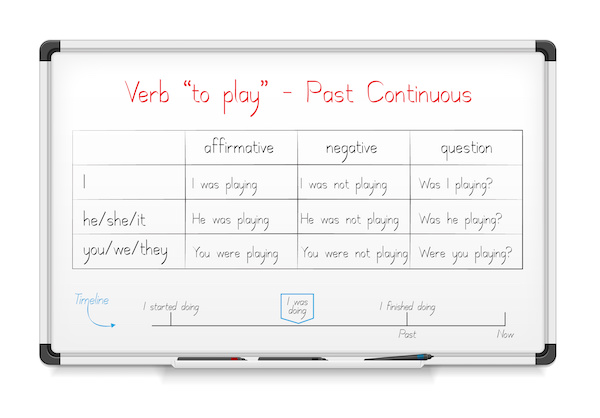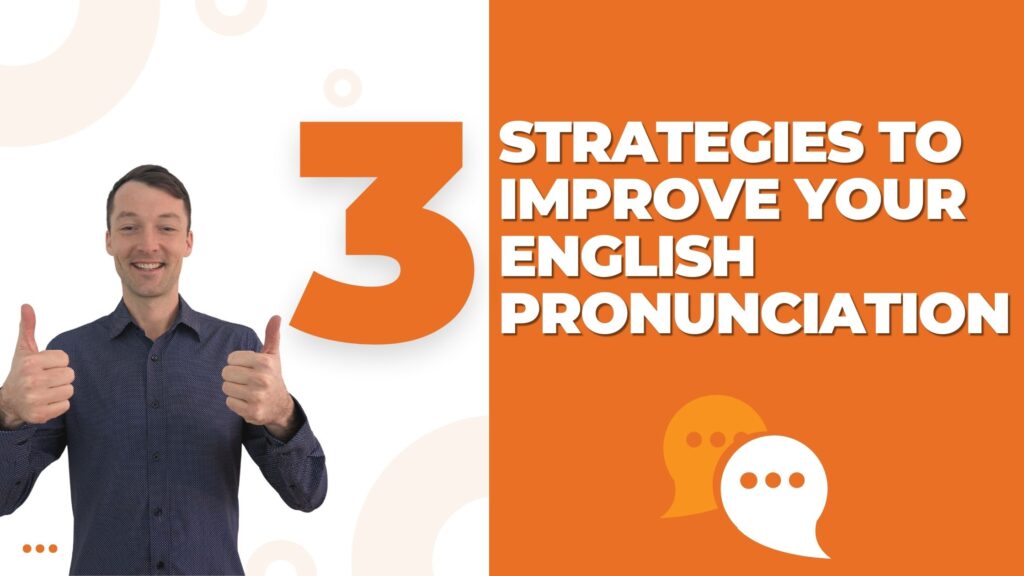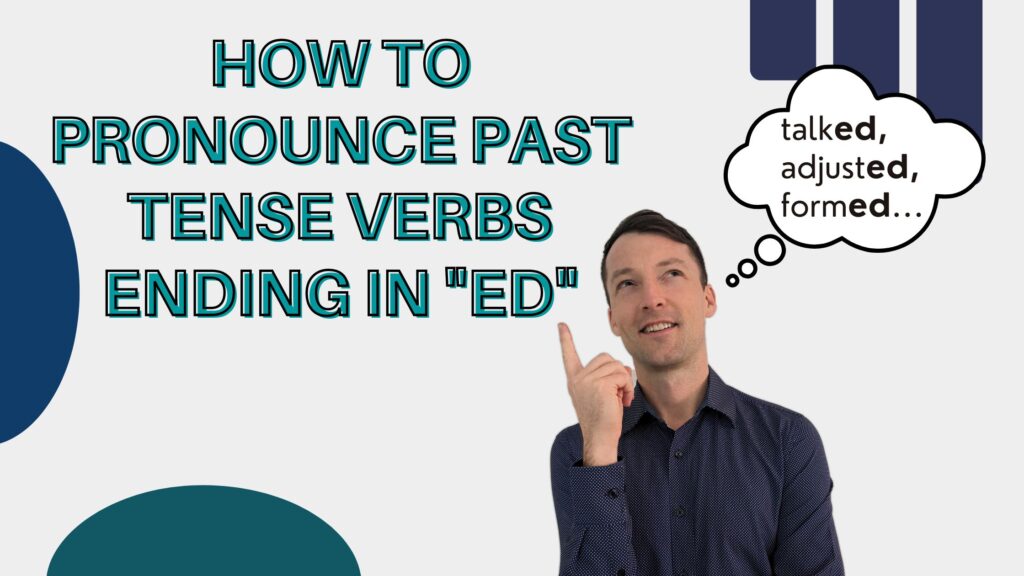The past continuous tense (or past progressive tense) shows an action that started in the past and continued over a period of time in the past. It is no longer going on in the present. Sometimes we use the past continuous alone. Sometimes we use it with the simple past. In this posting, I show you how to form the past continuous tense. I also show you how to use it, with many example sentences. The download at the end will give you more practice using this tense.
Forming the past continuous tense
The past continuous tense is easy to form. First, think about the present continuous. You already know that we form the present continuous with the present form of be (am/are/is) plus the ing form of the verb. (I am playing.) To form the past continuous, use the following formula: past of be (was/were) + ing form of the verb. To form the past continuous negative, use this formula: past of be(was/were) + not or contraction + ing form of the verb.
I was playing soccer yesterday. I wasn’t playing soccer yesterday.
You were watching a movie yesterday. You weren’t watching a movie yesterday.
He/She/It was working last week. He/She/It wasn’t working last week.
We were driving yesterday. We weren’t driving yesterday.
They were looking at a new house. They weren’t looking at a new house.
Asking question with the past continuous
To ask a yes/no question in the past continuous, use this formula: Was/Were + subject + ing form of the verb
Was I playing soccer? Yes, you were. No, you weren’t.
Were you watching a movie? Yes, I was. No, I wasn’t.
Was he/she/it working? Yes, he was. No, she wasn’t.
Were we driving? Yes, you were. No, you weren’t.
Were they looking at a new house? Yes, they were. No, they weren’t.
Finally, to ask a wh question in the past continuous, use this formula: wh + was/were + subject + ing form of the verb.
Who were you visiting? My sister.
What was she buying? A new coat.
When were you traveling? Last month.
Why were they speeding? Because they were running late.
How was she feeling? Much better.
When do we use the past continuous?
We use the past continuous tense to show an action that began in the past, but did not end immediately. It continued for some time. However, it is now finished. It is not going on in the present.
She was sleeping at a hotel last week. She didn’t just sleep for a second. Her sleep continued for probably 8 hours. Now, however, she is awake..
We also use the past continuous to show two parallel actions, continuing in the past at the same time.
At 2:00 p.m. yesterday, Bob was shoveling the snow and Mary was washing the dishes. Both actions happened at the same time and continued over time.
The past continuous can be used to describe a scene that was unfolding over a period of time in the past. It can set a mood.
The wind was blowing. In the background, a dog was barking. Snow was falling. A stranger was walking through the neighborhood. Suddenly he stopped and looked around. We use the simple past in the last sentence because we are no longer describing the scene. We are showing the action of the stranger. He stopped and looked around at one point in the past. It did not continue. It was finished.
Using the past continuous with the simple past
The past continuous can also be used in the same sentence with the simple past. When this happens, we usually use the words when or while. We use this when one action is going on in the past over time (past continuous), and another action interrupts it just once (simple past). The continuing action goes on after it has been interrupted. When is often used during a shorter action, and while for a longer one. There are four basic combination we can use.
- subject + past continuous + when + subject + simple past
I was driving to work, when I saw an accident. Driving is a continuing action. I did that over time, both before and after I saw the accident. Seeing the accident was a shot action and interrupted my driving. However, I continued driving.
2. when + subject + simple past + subject + past continuous
When I saw the accident, I was driving to work. Seeing the accident was a short action, but it interrupted the longer action of driving to work.
As a general rule, we use the simple past with when, and the past continuous in the rest of the sentence.
3. subject + simple past + while + subject + past continuous
I saw the accident while I was driving to work. While shows us that the driving was the longer action and the seeing was the shorter one.
4. while + subject + past continuous + subject + simple past
While I was driving to work, I saw an accident. Again, while is for the longer action.
As another general rule, we use the past continuous with while, and the simple past for the rest of the sentence.
The differences between while and when are often subtle. Most native English speakers confuse them. Therefore, if you confuse them, it will not be a big problem. They can often be used interchangeably. If you confuse them, many people will not notice, and everyone will understand you.
You now know how to form the past continuous tense. We form it by using the past of be (was/were) plus the ing form of the verb. (I was working.) We use the past continuous to show an action that started in the past and continued for sometime, but it no longer going on now. We also use it to show parallel actions and to set the scene in a description. Finally, we can use the past continuous with the simple past and while or when to show that a continuing action has been interrupted by another action. The download will give you additional practice using the past continuous tense.
Idioms of the day
- once in a blue moon–This means very, very seldom. My brother only calls me once in a blue moon,so I never know what is going on in his life.
- cold turkey–This means to stop something (usually a bad habit) suddenly. She stopped smoking cold turkey, so it was very difficult for her.




